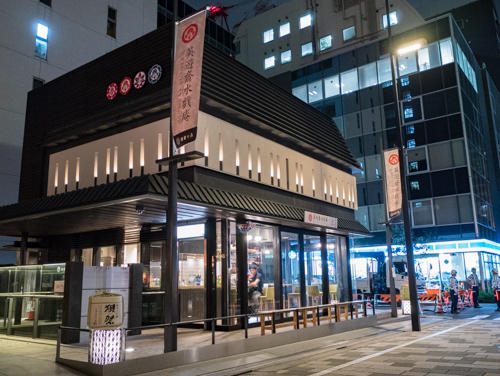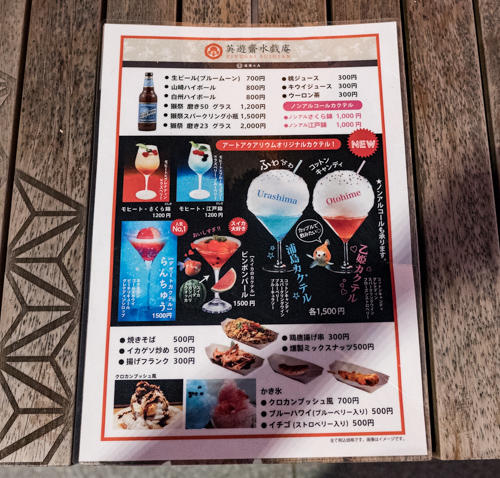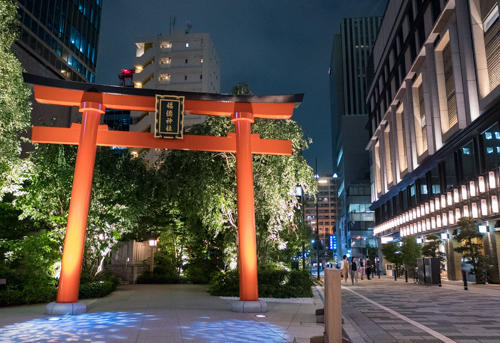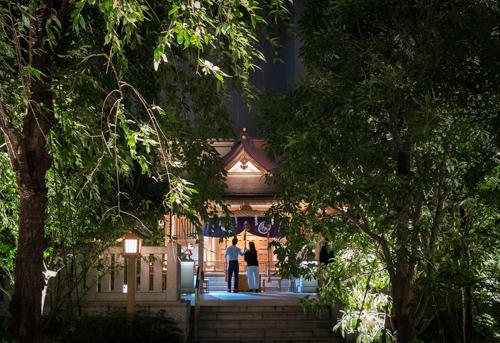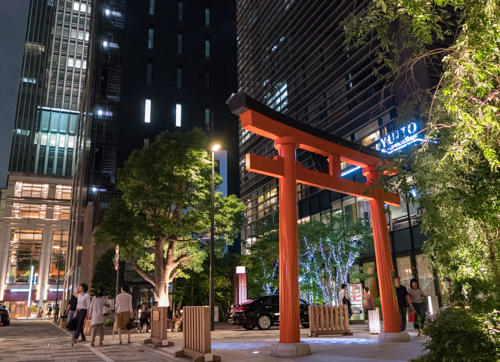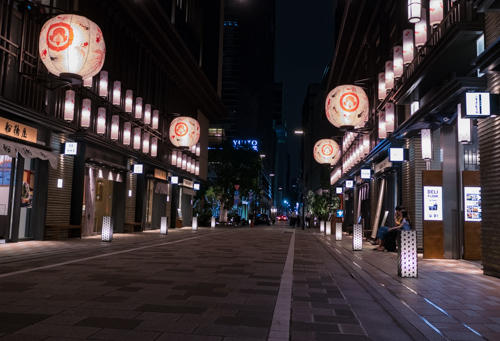The Sumida River Fireworks Festival, a summer tradition, is coming to the Sumida River soon. It's finally a full-fledged summer.
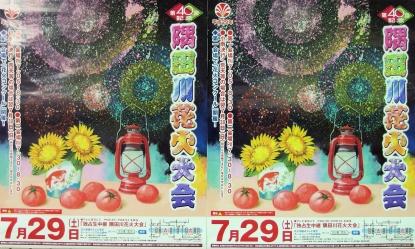
This fireworks have continued since the Edo period. There are two launch locations around Sakurabashi and Komagata Bridge near Asakusa, but until a long time before Showa, it was around Ryogoku Bridge, which connects Chuo-ku and Sumida-ku slightly downstream.
Ryogoku Bridge is the second bridge built in the Sumida River during the Edo period. At that time, it was a bridge connecting the two countries, Musashi and Shimousa, so it was sometimes called "Ryogoku Bridge", and fireworks began to be launched as a place where people gather.
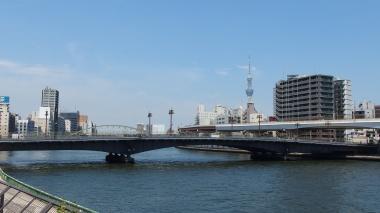
The current Ryogoku Bridge was completed in 1932 (Showa 7) following the reconstruction of the Great Kanto Earthquake. The bridge is a type called "girder bridge" and its shape is simple, but when you approach the bridge, the large sphere on the main pillar catches your eye. Since this area has been involved in fireworks for a long time, it is said that spheres are often shaped like "fireworks balls".
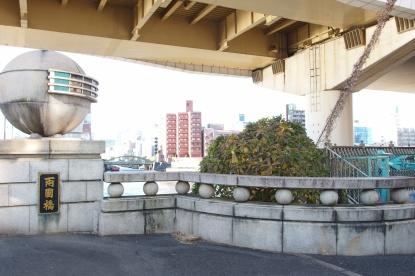
If you look closely, there are 9 small spheres on the sleeves of the main pillar. In addition, there is a long square horizontally on the side of the large sphere, and inside there are "two lines" horizontally and four lines vertically. Like big spheres, I don't know what it is.
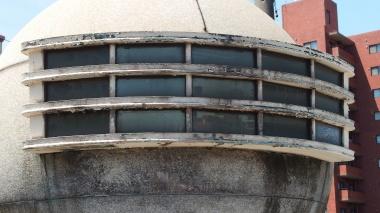
One day, last spring, I wrote an article about Ryogokubashi on a correspondent blog. At that time, when I arranged the two photos I put in the article, I suddenly thought.

"This square, isn't it?"
I'm going to change the way of thinking. Imagine rolling a square 90 degrees in a shape like bringing it over a sphere. Comparing the pictures of the Edo period, this square looked like a bow-shaped bridge facing upwards.
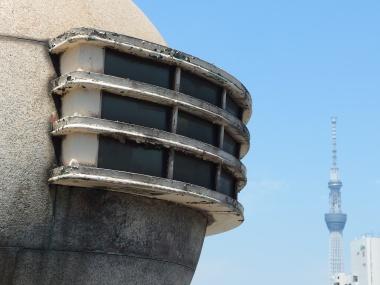
Once you look like a bridge, your imagination will develop into delusions. When I saw Ryogoku Bridge on the spot, I thought.
"This square must be Ryogoku Bridge. 。 。」
Let's compare the actual Ryogoku Bridge with the square.
First of all, the "two lines" beside the square.
The current Ryogoku Bridge has a roadway in the middle and two sidewalks on both sides, but the two lines represent the border.
So what is the vertical "four lines"?
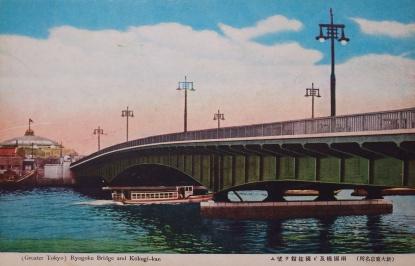
These are four places with streetlights.
A quaint streetlight that has been built since the beginning of the Ryogoku Bridge. At the border between the sidewalk and the roadway, there are a total of eight standing, four on one side. In terms of squares, these streetlights stand at eight intersections, which are made up of "two lines" horizontally and four lines vertically.
Moreover, carefully, isn't this "four lines" drawn on the sidewalk?
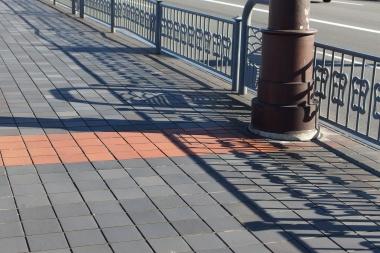
The square is now visible only in Ryogoku Bridge.
Ryogoku Bridge is a bridge that connects the country and the country.
If the square is Ryogoku Bridge, the sphere will have the image of "world" or "earth". In terms of the whole sphere, it is "Ryogoku Bridge that connects some country in the world and the country", and the feeling like "Prayer of World Peace" is transmitted from this sphere.

Ryogoku Bridge was built for the first time in the wake of the disaster of the Meiryaku era in the Edo era, and a Kaikai-in was built nearby to mourn the victims, and a water god went to memorialize the great famine in the later era. At the time of the festival, fireworks were launched at the opening of the river (the roots of the Sumida River Fireworks Festival), and various places called Ryogoku have been offered "prayers".
And the disaster of the Great Kanto Earthquake that occurred. A new bridge is built or replaced on the Sumida River.
Aioi Bridge 1926 (Replacement of Reconstruction Bureau)
Eitai Bridge 1926 (Replacement of Reconstruction Bureau)
Komagata Bridge 1927 (Reconstruction Bureau Bridge)
Kuramae Bridge 1927 (Reconstruction Bureau Bridge)
Senjuohashi 1927 (Tokyo Pref.)
Kototoi Bridge 1928 (Reconstruction Bureau Bridge)
Kiyosu Bridge 1928 (Reconstruction Bureau Bridge)
Umaya Bridge 1929 (Tokyo City Replacement)
Shirahige Bridge 1931 (Tokyo Pref.)
Azuma-bashi Bridge 1931 (Tokyo City Replacement)
Ryogokubashi 1932 (Tokyo City Replacement)
Ryogoku Bridge is the last bridge to be built on the Sumida River after the earthquake.
Ryogoku is the most suitable place in the Sumida River as a place to offer prayers for reconstruction. It is no wonder to think that "Prayer of Peace" was expressed as the main pillar of Ryogoku Bridge as the end of the reconstruction after the earthquake.
The Tokyo Metropolitan Reconstruction Memorial Hall is located near Ryogoku Station in Sumida-ku. If you look at the diorama of the city of Tokyo, which was built during the reconstruction of the earthquake, you can see that the bridge over the Sumida River was a symbol of reconstruction after the earthquake.
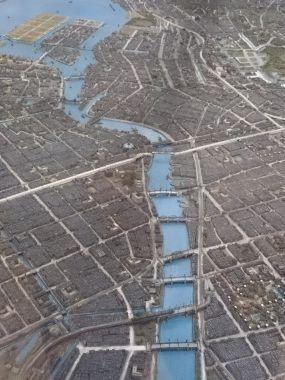
At that time, the 10 bridges downstream of the Sumida River were called the "Sumida River Ten Great Bridges", but except for Shinohashi, the remaining nine were bridges built during the reconstruction of the earthquake. It has become a new attraction in Tokyo.
It seems that such many bridges could be built in a short period of time because at this time Japan was restricted in the production of warships under the Washington Navy Disarmament Treaty, and iron and workers could be turned into bridges.
In the subsequent war, the warship disappeared as sea seaweed scraps, and the bridge remained, so the bridge of the Sumida River created by disarmament can be said to be a symbol of peace.
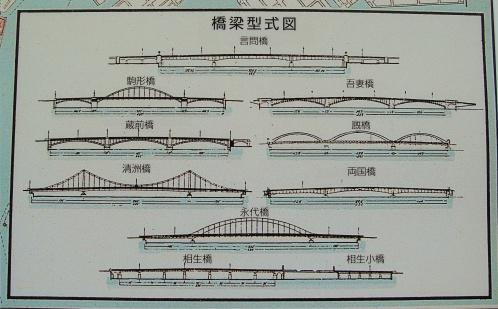
(9 bridges downstream from the earthquake, Tokyo Metropolitan Reconstruction Memorial Hall)
Ryogoku Bridge, where the bridge was the slowest. When it was built, all the bridges were available.
There are nine small spheres of Ryogoku Bridge, but I came to my mind that there might be bridges over these. It is the "Sumida River Ten Great Bridge" that spans one large sphere and nine small spheres.
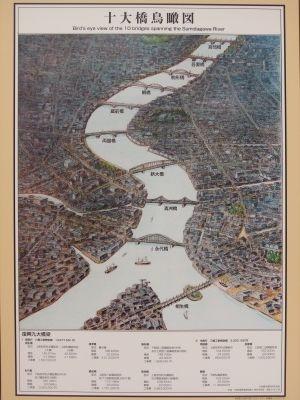
(To Ohashi Bird's Eye View, Tokyo Metropolitan Reconstruction Memorial Hall)
"Prayer of World Peace" expressed by the bridge of the Sumida River.
・・Is it just a little delusion?
As I thought like that, in a book published last fall titled "Scenery I saw through the bridge", the identity of the sphere of the main pillar of Ryogoku Bridge was written.
This sphere was a "global globe." The answer "Earth" seems to have not been wrong.
But it's different to how you feel when you look at the sphere. I feel like a "fireworks ball" that feels peaceful is good.
It's a great deal, so I thought about the scale larger.
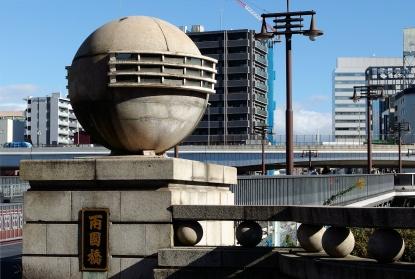
"The 9 planets of the large sun seen from the square window and the sun illuminated by the sun, Amami Under."
Pluto has now been removed from the planet, but it was discovered by Americans in February 1930. Construction of Ryogoku Bridge began in February 1930. The nine planets were already available.
Pluto is Pluto (Pluto) in English. It was just adopted as the name of the anime character, which is said to have started around this time, so the public's attention would have been great.
The bridge was completed in 1932. I think the eyes of the people at this time were facing the sky to look at the fireworks, and dreaming of the eternal universe.
<Reference Book>
Bridge in Tokyo - Waterside Urban Landscape Takashi Ito 1986 Kashima Publishing
Kazutoshi Hanfuji and Hayao Miyazaki's patriotic talk 2013 Bunshun Ghibli Bunko
Scenery seen through the bridge Akio Kurebayashi 2016, Tokyo Metropolitan Shinposha
![]()

![]() Nihonbashi, Boat Tour>
Nihonbashi, Boat Tour>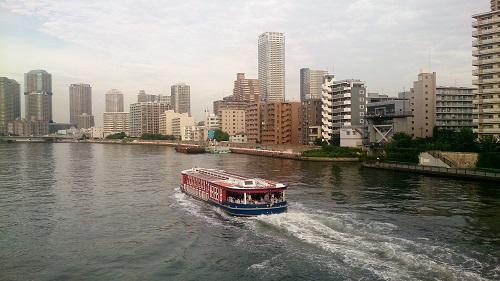
![]() Kachidokibashi, water bus>
Kachidokibashi, water bus>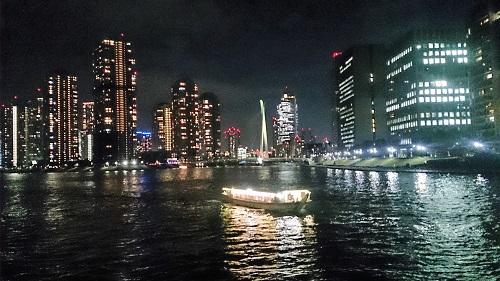
![]() Eitai Bridge, Houseboat>
Eitai Bridge, Houseboat>![]()
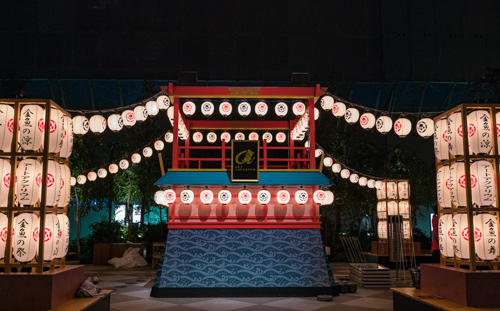 Currently, "Art Aquarium Summer Festival" is being held at Fukutoku no Mori behind Coredo Muromachi!
Currently, "Art Aquarium Summer Festival" is being held at Fukutoku no Mori behind Coredo Muromachi!